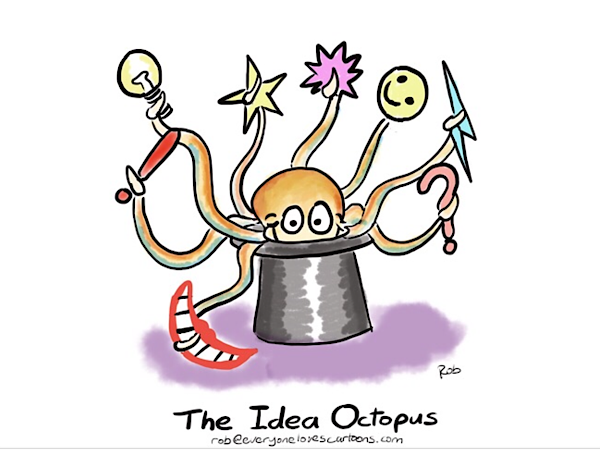1) When does it begin and what is the duration?
The course starts 6 April 2020 and runs till 15 June 2020. Four solid weeks of teaching, with a week at the start to ramp up to speed, and a week at the end to clear up any lingering problems and (very important) map your way forward.
2) What materials will I need?
Whatever you normally draw with. It can be pencil and paper, pen and ink, watercolours, digital devices. As long as you can take a photo or save an image and upload it to the forum, you are golden.
3) How is the course conducted?
Assignments are a combination of notes, examples and exercises in the private Slack group and feedback is provided daily by tutor Rob Middleton. No need to be available at any particular time, simply show up in your own time zone and post your work for Rob’s feedback. Then take a look at your team mates’ work each day to amp up your own learning and inspiration.
4) How much time will I need each day?
15-30 minutes to think and draw, Monday to Friday. Plus time to visit 3 or more of your 10 team-mates, to absorb inspiration and learn subconsciously from their efforts. So ideally, 30 minutes. Interestingly, having a time limit actually makes you more creative, not less. Handy! You’ll be surprised.
5) Is there a money-back guarantee?
Rob works 1:1 with every participant daily and we limit the numbers to a maximum of 10. If you show up and do the work, we know you’ll make superb progress. So no, there’s no money-back guarantee on this one





















